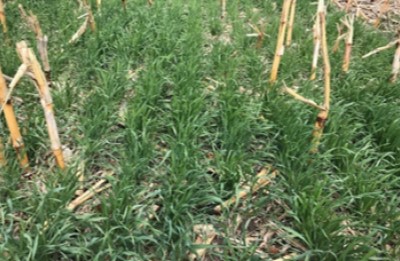 Figure 1: Photo credit of University of Nebraska - Lincoln
Figure 1: Photo credit of University of Nebraska - Lincoln
- With spring and warmer temperatures around the corner, cover crops not killed by winter temperatures will soon resume growth, and termination plans will need to be implemented.
- Herbicides and the correct rates needed to kill cover crops should be dependent on cover crop species and growth stage.
- Complete termination is the key to starting off a successful cash cropping season.
While cover crops provide a solid agronomic benefit regarding soil erosion, nutrient scavenging, winter annual weed suppression, soil health, and residue management, they will soon be weeds. If cover crops are not properly terminated, planting may be delayed, thereby limiting yield potential. Insufficient control of cover crops can also lead to the cover crop producing seed and establishing a seed bank that could result in future weed issues. There are two main types of cover crops: Broadleaves (ex. crimson clover) and grasses (ex. cereal rye). This article discusses options for setting up for successful cover crop termination.
Broadleaf Cover Crops: Now is the time to scout and assess the winter survival of the crop species planted last fall. While most broadleaf cover crops winterkill, some species, such as crimson clover and Austrian winter peas, do not winterkill. The key to successful management of surviving broadleaf cover crops is to not rely solely on glyphosate as your chemical means of control. The addition of a growth regulator such as 2,4-D or dicamba may provide more consistent control and another effective site of action for resistance management.
Grass Cover Crops: Grasses can be split into two major groups—annual ryegrass and anything but annual ryegrass. While glyphosate is probably the most widely used herbicide to manage all these grass species, herbicide rate and timing may vary depending on the grass species present.
Annual ryegrass can become very difficult to terminate if it becomes too large. The standard recommendation for annual ryegrass is to apply glyphosate at 1.25 lb ae/acre (Roundup PowerMAX® 3 @ 33 fl oz/A) with the appropriate adjuvants to plants less than 6” in height, and actively growing. Research suggests that the air temperature must be above 45°F for 3 consecutive days prior to the application for more consistent control. If annual ryegrass is taller than 6”, increasing the rate of glyphosate is necessary to get control. In terms of growth stage, it is best to control annual ryegrass prior to jointing. We have a little more flexibility with other grass species, including cereal rye. The standard glyphosate recommendation would be 1.13 lb ae/acre (Roundup PowerMAX® 3 @ 30 fl oz/A) with the appropriate adjuvants to annual rye less than 18” tall. Again, if the cover crop is taller, the rate of glyphosate may need to be increased for optimal control. In addition to glyphosate, tank mixing saflufenacil (Sharpen®) to the tank would improve overall control for annual ryegrass and cereal rye. Regardless of grass cover crop species, we have additional herbicides that can be used besides glyphosate. The use of paraquat containing products will also provide control of grass cover crops. One thing to keep in mind is to always have either COC (FS COC Supreme™ or FS Cogent™) or MSO (FS Optivix™ or FS Argent™) in the tank, if left out, reduced control may be observed.
Are there other ways we can terminate cover crops aside from using chemicals? Absolutely! Cultural methods such as mowing, tillage, and crimping can all aid in cover crop termination. Mowing is only successful if the cover crop is cut at the right timing, when the growing point is high enough that the mower can cut it off. This can lead to more above ground biomass that may be harder to plant into; however, the excess residue may be beneficial for weed suppression. Tillage may be effective if the cover crop is small, but keep in mind that tillage may negate the purpose of what a cover crop was intended for in the first place (i.e. erosion control, building organic matter, etc.). Lastly, crimping allows the above ground biomass to be used as a thick weed barrier. These methods all come with benefits, but also with have downfalls, such as added trips needed across the field, additional equipment, and a potential harbor for certain insect pests and plant pathogens.
The key to successfully terminate cover crops is to manage them with the right herbicide while they are still small. Complete termination is the key to starting off a successful cash crop. Reach out to your local FS Crop Specialist for more information.
References:
Related categories: cover crop, management, termination, broadleaves, grasses/ cereals, herbicides